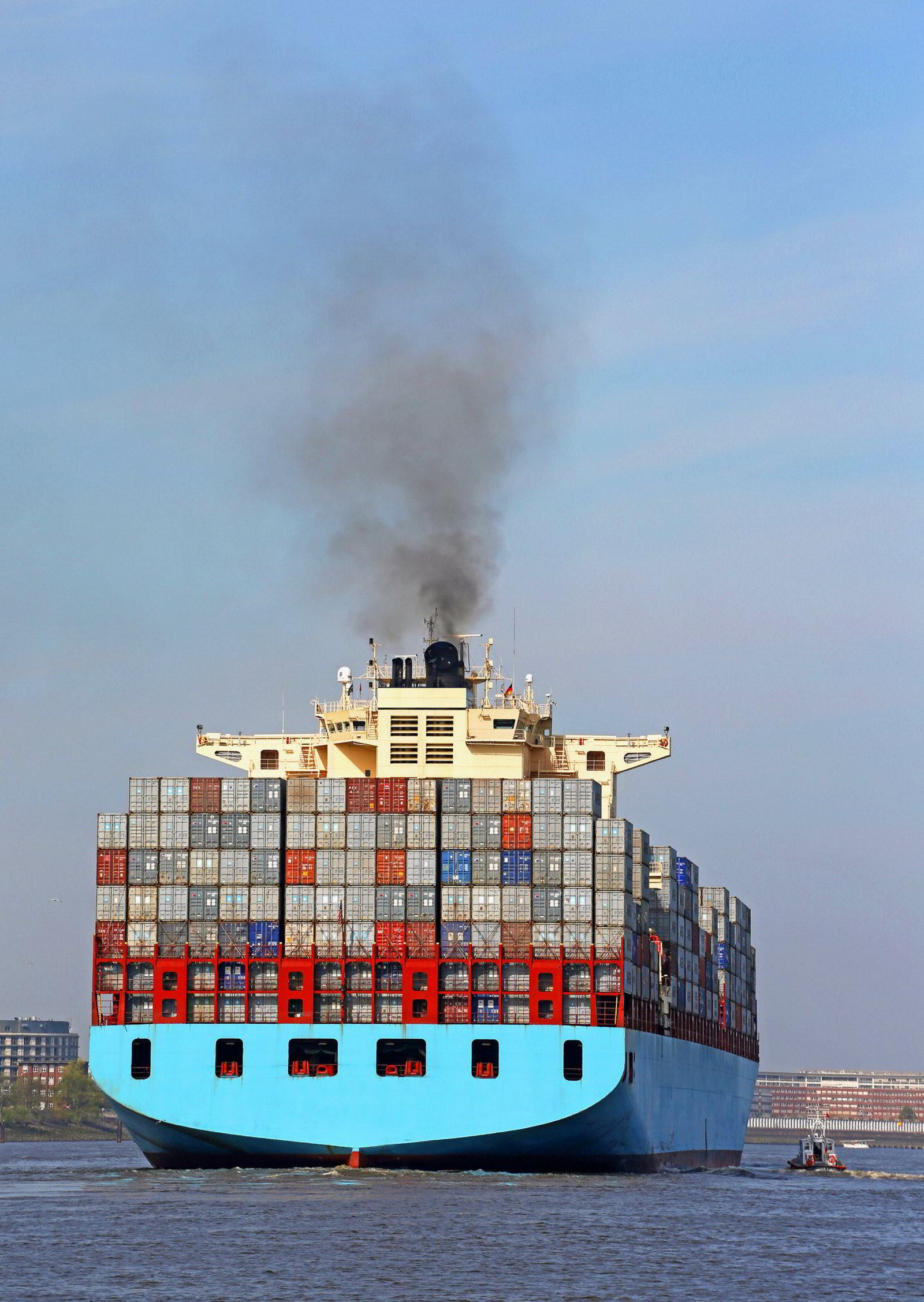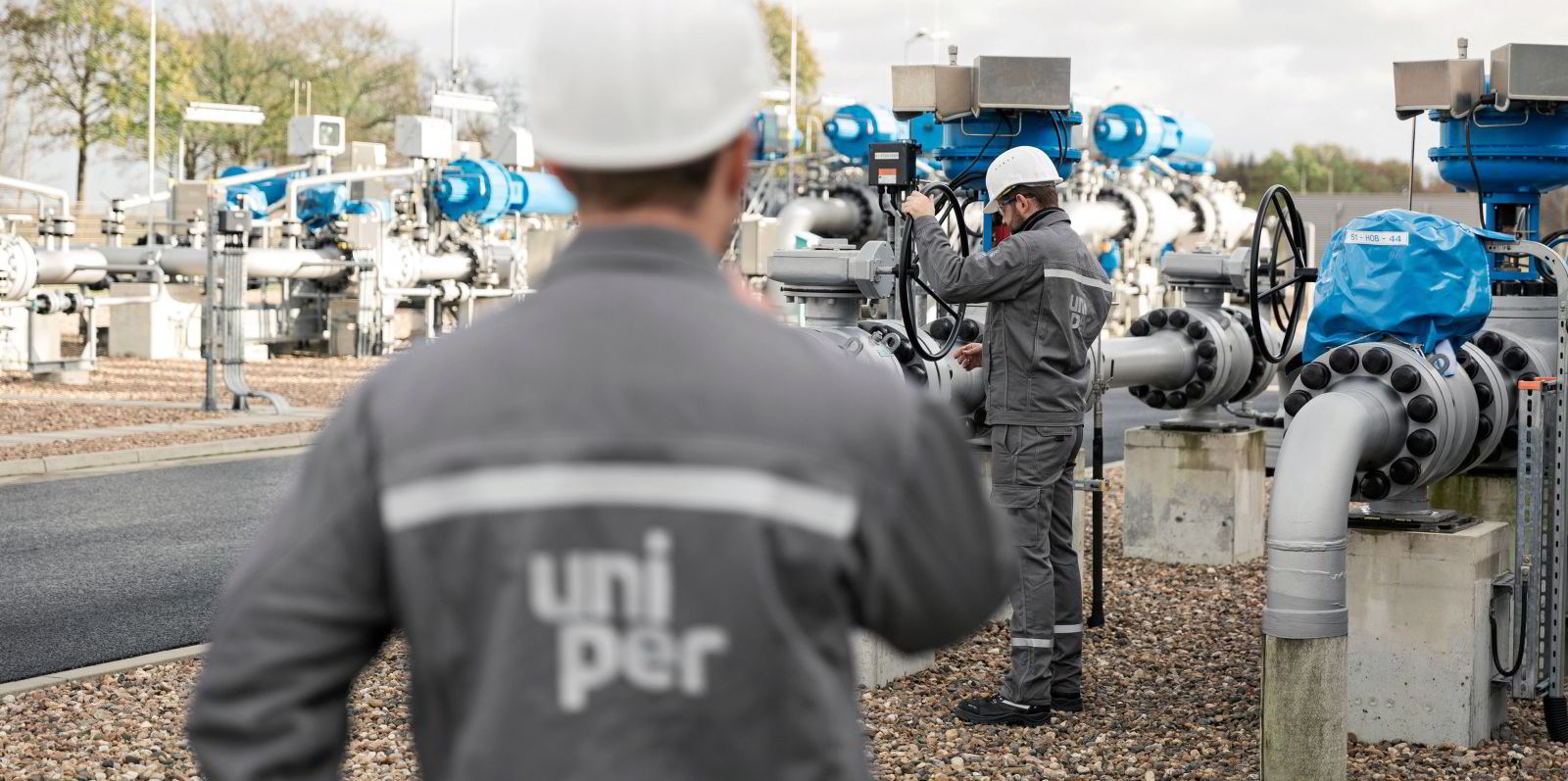With growing regulatory pressure on the shipping industry to reduce greenhouse gas emissions, the issue of who should foot the green bill has become contentious.
At a virtual conference earlier this month, Grindrod Shipping chief executive Martyn Wade had some complaints about his clients but stopped short of revealing names.

"I always have a bit of a beef about the charterers who appear on the front page of TradeWinds proclaiming their green credentials are the same individuals that at times will take an old ship because it's 50 cents cheaper," he said during the Capital Link International Shipping Forum.
His remarks accurately describe the cut-throat nature of freight markets. Day in and day out, most charterers would happily take the cheapest tonnage available, especially in the highly competitive tanker and bulker markets.
The sentiment that some companies are more interested in greenwashing than green shipping investments is also not lost among many environmentalists.
But charterers can also point to parts of the existing market mechanism that favour new, eco tonnage with less pollution and lower carbon emissions — perhaps with some justification.
In voyage deals, where shipowners pay for marine fuel, those who invest in better tonnage tend to enjoy savings in bunker costs of a few thousand dollars per day.
Green ships pay
And most charterers are willing to tolerate higher rates for eco ships in period deals, because they can enjoy similar savings when operating the vessels.
On the other side of the coin, big players have often steered away from the shipowners with the most-polluting vessels.
It is well known in the tanker market that oil majors generally prefer vessels below the age of 15 years.
As for dry bulk, some of the world’s largest miners and trading houses have policies of avoiding ships with the least desirable environmental performance ratings,as measured by vetting agencies such as RightShip.
The question, then, is not who should bear the costs of greener shipping. It is how the costs can be shared fairly across supply chains.
Hefty costs
Shipowners are worried — for good reasons — after the International Maritime Organization set the ambitious goal to lower greenhouse gas emissions from ships by 2050.
An earlier analysis by University Maritime Advisory Services and the Energy Transitions Commission found at least $1trn of new investment is needed to meet the mid-century target.
The money would go towards infrastructure investments in new, zero-carbon fuel production, supply chains, and a new or retrofitted fleet.
Much of it could become capital expenditure on the balance sheets of shipping companies.
But the headline figure should not scare shipowners into inaction. Based on past examples, the industry actually adapts to environmental regulatory change quite well.
When the IMO decided to lower the global sulphur cap for marine fuel from 2020, various studies showed the change could push up fuel costs by $30bn to $60bn per year.
Last year saw shipping companies successfully pass incremental bills onto their clients in most cases, albeit aided by a low oil-price environment.
Take the initiative
Looking forward, the best approach for the industry is to tackle the task of decarbonisation head on, by negotiating a mechanism with regulators and charterers to pay for emissions.
On the charterers’ side, many major players are much more familiar with carbon trading than shipowners.
European oil refineries, power plants and steel mills have been paying for their CO2 emissions for years under the European Union’s emissions trading system (EU ETS).
Across the pond, the American Petroleum Institute — the largest US oil and gas lobby group, whose members include Chevron and ExxonMobil — is reportedly considering supporting carbon pricing.
In contrast, the negotiation over a global carbon market for shipping at the IMO has dragged on for years without a major breakthrough.
Many shipowner organisations have opposed the EU’s proposal to include shipping in the EU ETS, arguing such regional rules would create an uneven playing field.
Some in shipping may secretly hope to avoid paying for carbon emissions altogether amid apparently perpetual delays in regulatory process. However, this is risky.
Shipping is not segregated from the macroeconomic system. When all other sectors are ready for carbon pricing, they will come back to ask shipowners to share the costs in other forms, such as lower freight rates.
It is better to be a rule-maker than a rule taker.







